NExsT MAGAZINE
Our publication on the worlds of broadband and telecom
NExsT
Linking the Future of digital networks

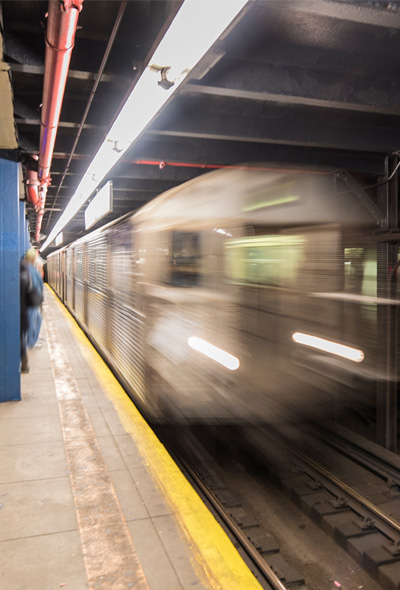

The current system is over a century old, with much of the equipment dating from the early 1900s.
We stepped in to help strengthen the primary transit link between a major US city and its neighbouring urban communities and suburban commuter railroads.
Nonetheless, the heavy-rail rapid-transit system is an integral part of the area’s transportation system, supporting nearly a quarter million passenger trips each weekday.
This volume is only set to increase due to anticipated growth in regional residential, commercial, and business development. To keep pace with demand, the network operator (in conjunction with its parent organisation) is taking steps to overhaul its capabilities.
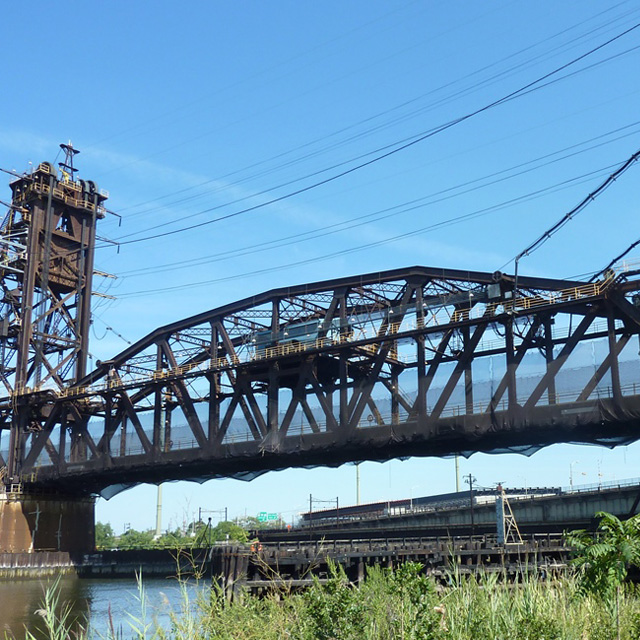

Prysmian is proud to be supporting them in their ambitious initiatives by providing premium-quality cables that will take them into the future.
The first element of the project is a comprehensive overhaul of the infrastructure, which will convert the network to Automatic Train Control (ATC) using Communication-Based Train Control (CBTC).
How does this work? Specialised on-board computers will be installed on many of the rail cars to communicate with trackside equipment. There will also be updates to the signalling technology associated with the smooth running of the line.
The project will also incorporate a train-supervision system to boost efficiency and allow the network to exactly locate each train on the line.

Hurricane Sandy pounded the East Coast of the United States in 2013, flooding the rail infrastructure with polluted water containing elements such as salt, oils and chemicals that can erode electrical systems over time.
Alongside the initial infrastructure project, efforts are being made to strengthen critical systems in flood-prone areas (for example signalling and CBTC in tunnels). Utilising our experience in shipboard cables, we provided the highest quality shipboard, Low-Smoke Halogen-Free (LSHF) signalling and Digicode cables to interface with the latest state-of-the-art CBTC systems. Our LSHF cables were totally water-blocked to resist open-end exposure and water pressures equivalent to those seen at around five stories of submersion.
Our LSHF cables were totally water-blocked to resist open-end exposure and water pressures equivalent to those seen at around five stories of submersion.
Our factory at North Dighton in Massachusetts harmonised a traditional LSHF railroad-grade signal cable with shipboard water-blocking technologies, qualified the new product within six months, and supplied them for installation in the tunnels within the same year.
When we received the notice to proceed with the provision of the CBTC cables critical for safety, our team in Italy opened our Merlino plant early from its preventative maintenance shutdown to expedite the cables. To ensure timely delivery, they were shipped via air freight to the States, arriving in time for the installation.
It’s this willingness to go above and beyond for our customers that sets us apart. We helped the network operator avoid costly delays that would have adversely affected thousands of passengers.

A major engineering challenge posed by the project was an aerial span of railroad, traversing a bridge over a major river. Any cable would need to be under extremely high tension and pulled over 2500 feet from shore to shore, incorporating many subcables within master bundles.
We were the only manufacturer in North America willing to provide an engineered solution to incorporate composite bridge cables utilising medium-voltage power cables, signal cables, Digicode cables, and fibre-optic elements. We were the only manufacturer willing to supervise cable installation at the bridge. We partnered with the installers, visiting the site several times and spending hundreds of hours designing and perfecting the approach for this critical element of the project. The Engineering Manager personally attended the installation on separate visits to ensure success. Failure was not an option.
When the jackets on Digicode cables supplied by the original cable manufacturer began to split under standard levels of mechanical abuse, the installer asked us to come up with a viable solution.
Having already made a significant investment in the original cables, and with the manufacturer unable to replace the cables, we understood that the installer needed a fix that required the minimum expenditure. We therefore took the competitors cable and provided our own over-jacket to give the required levels of protection at the lowest cost.

INNOVATION
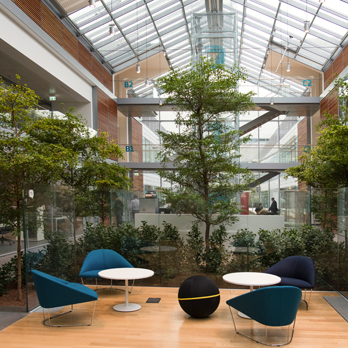
OPERATIONS
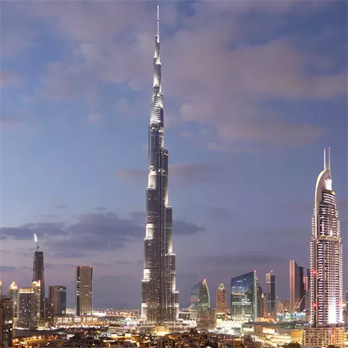
CONSTRUCTION & INFRASTRUCTURE
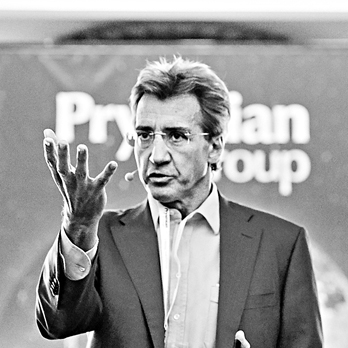
OPERATIONS
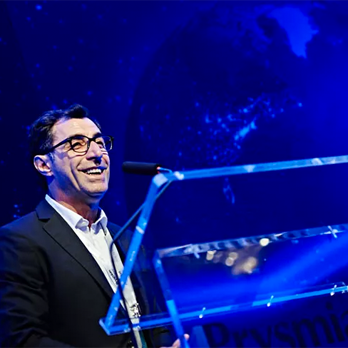
ETHICS & SUSTAINABILITY
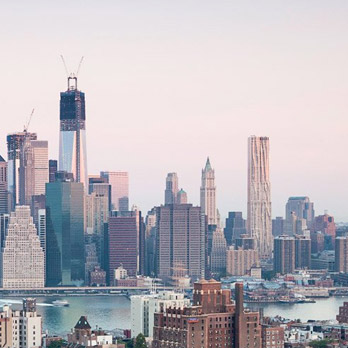
TRANSPORTATION & MOBILITY

CONSTRUCTION & INFRASTRUCTURES

ETHICS & SUSTAINABILITY
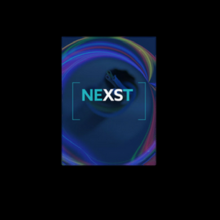
Our publication on the worlds of broadband and telecom
NExsT
Linking the Future of digital networks

This website uses analytics cookies to improve your experience. Find out more and set your cookie preferences here. By continuing to use our site or clicking “Allow” you consent to use our cookies.